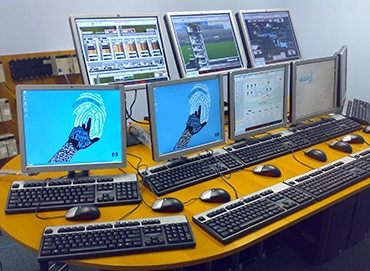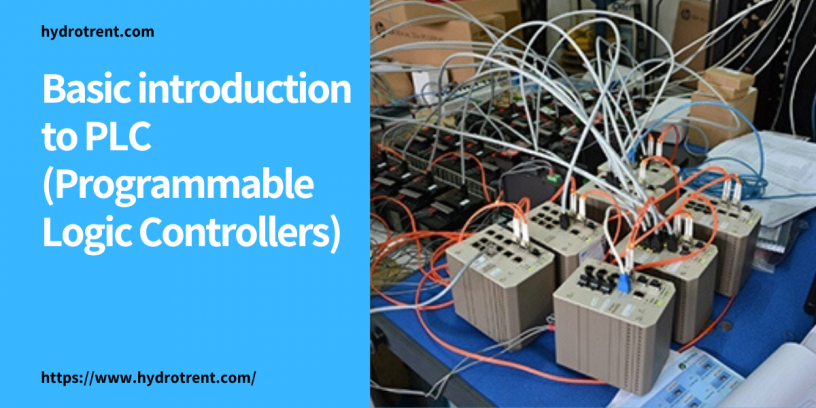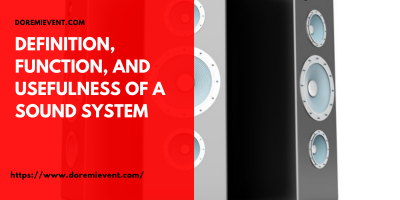Programmable Logic Controllers (PLC) are electronic computers that are easy to use (user friendly) that have control functions for various types and different levels of difficulty

Based on its name the PLC concept is as follows:
- Programmable, shows the ability in terms of memory to store programs that have been made that are easily changed in function or usability.
- Logic shows the ability to process inputs in arithmetic and logic (ALU), which is performing operations comparing, adding, multiplying, dividing, subtracting, negating, AND, OR, and so forth.
- Controller, shows the ability to control and regulate the process so that it produces the desired output.
This PLC is designed to replace a series of sequential relays in a control system. Besides being programmable, this tool can also be controlled, and operated by people who do not have knowledge in the field of computer operations specifically. This PLC has a programming language that is easy to understand and can be operated when a program that has been created using software that is suitable for the type of PLC that is used has been included. This tool works based on existing inputs and depends on the circumstances at a certain time which then will -ON or OFF the outputs. 1 indicates that the expected conditions are met while 0 means the expected conditions are not met. PLCs can also be applied to control many high output systems.
The functions and uses of PLC are very broad. In practice PLCs can be divided in general and specifically. In general, the functions of PLC are as follows:
- Sequential Control. PLC processes binary signal input into output that is used for technical processing sequentially, here PLC keeps all steps in the sequential process in the right order.
- Plant Monitoring. The PLC continuously monitors the status of a system (for example temperature, pressure, altitude) and takes the necessary actions in connection with the process being controlled (for example, the value has exceeded the limit) or displaying the message to the operator.
The PLC’s special function is to be able to provide input to CNC (Computerized Numerical Control). Some PLCs can provide input to CNC for the benefit of further processing. CNC when compared to PLCs has higher accuracy and is more expensive. CNC is usually used for the finishing process, forming workpieces, molding and so on.
For more information about Omron PLC systems, please visit https://www.hydrotrent.com/















